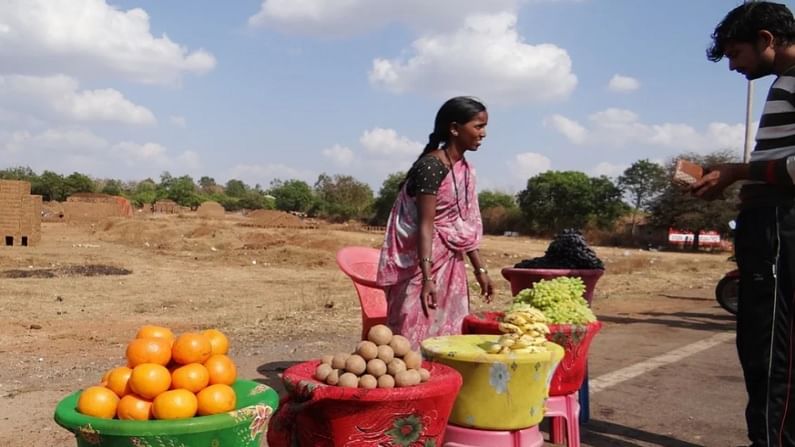Retail inflation in February at 5.03%; core inflation at 5.88%
Experts think the interest rate cycle might be bottoming out

The retail inflation announced on March 12 stood at 5.03% for February, up from 4.06% in January. The core inflation, which refers to the prices of goods/services apart from food and energy came in at 5.88%.
Meanwhile, industrial production contracted by 1.6% in January. The manufacturing sector output contracted by 2% in January, mining output declined 3.7% while power generation grew 5.5% in January.
Retail inflation fell to 4.59% in December 2020 after it remained at higher levels for many months in the COVID-hit year. Just a month earlier, in November 2020, the rate of inflation stood at 6.93%. In October 2020, it was 7.61%.
Retail inflation based on consumer price index (CPI) measures the change in retail prices of goods and services people purchase for daily consumption.
CPI monitors retail prices for a particular commodity at rural, urban and pan-India levels. The change in the index over a period of time is referred to as CPI-based inflation or retail inflation.
While high inflation forces an individual to spend more to consume the same commodity, reducing disposable income, there is an important policy response – the Reserve Bank of India (RBI) usually settles for higher long-term interest rates to rein in the supply of money in the system.
In early February, the Reserve Bank of India projected retail inflation for the fourth quarter of 2010-21 at 5.2%, which was a sharp dip from 5.8% forecast earlier.
Impact on interest rates
The rise in inflation will put pressure on interest rates, which are unlikely to come down. RBI is unlikely to cut rates now.
In December 2020, Canara Bank announced that FDs between two and three years would fetch 5.40% interest for general citizens and 5.90% for senior citizens. For FDs between three and 10 year periods, the rates were 10 basis points higher for both categories of depositors.
The country’s biggest lender SBI raised interest rates on FDs with maturity periods between one year and two years by 10 basis points.
While the creeping up of interest rates was restricted to two banks, the broader push might happen later this year. The Reserve Bank of India is supposed to hike cash reserve ratio – the fund that banks have to maintain with the RBI at all times – in March and later again in May to 4%, thereby reducing the money available with the banks for lending.
Is India moving away from the era of low interest rates?
“It is difficult to say when and by how much will interest rates rise. But the markets are being prepared for a rise sometime later in the year. The economy is returning to the growth path and the central bank is signalling its mind,” said Joydeep Sen, corporate trainer in debt markets.
“It appears that the interest rate cycle has bottomed out. Now the time has come for the market to brace itself for an upward revision, which may be seen in the context of the global rise in commodity prices. In India there is an additional pressure on inflation due to the steep hike in petroleum prices,” said Nilanjan Dey, director, Wishlist Capital Advisors.
“The government has indicated a massive borrowing programme of more than Rs 12 lakh crore in 2021-22. It would suck out a lot of money from the system,” said a senior official of a private sector bank.
While a rise in the interest rates is sure to gladden the hearts of numerous depositors who have suffered falling interest rates for years, it will trigger frowns for those bearing EMIs arising out of home, loans, education loans, personal loans and auto loans.
Rising interest rates might also dampen consumer demand and harm the interest of faster growth in the economy that is struggling to emerge from the shadows of the pandemic and has posted a meagre 0.4% growth in the October-December quarter after recording contractions of 2.4% and 7.7% in the first two quarters of 2020-21.
Last year, Reserve Bank of India cut repo rate by 115 basis points to signal lower interest rates in order to boost demand in a COVID-crippled year.
According to Sen, it was an emergency year when attempts to boost demand was the top priority.
Dey said the stimulus of the government package to fight the pandemic has kicked in with green shoots in different sectors of the economy.
Interest rates are usually nudged up to contain inflation since it encourages citizens to save more and spend less. As the number of people saving more rises, money is sucked out of the system and inflation rates tend to dip.
The Reserve Bank of India is guided by an inflation target of 2-6%. The band was set in 2016 and according to the central bank authorities it would be in place till 2026.